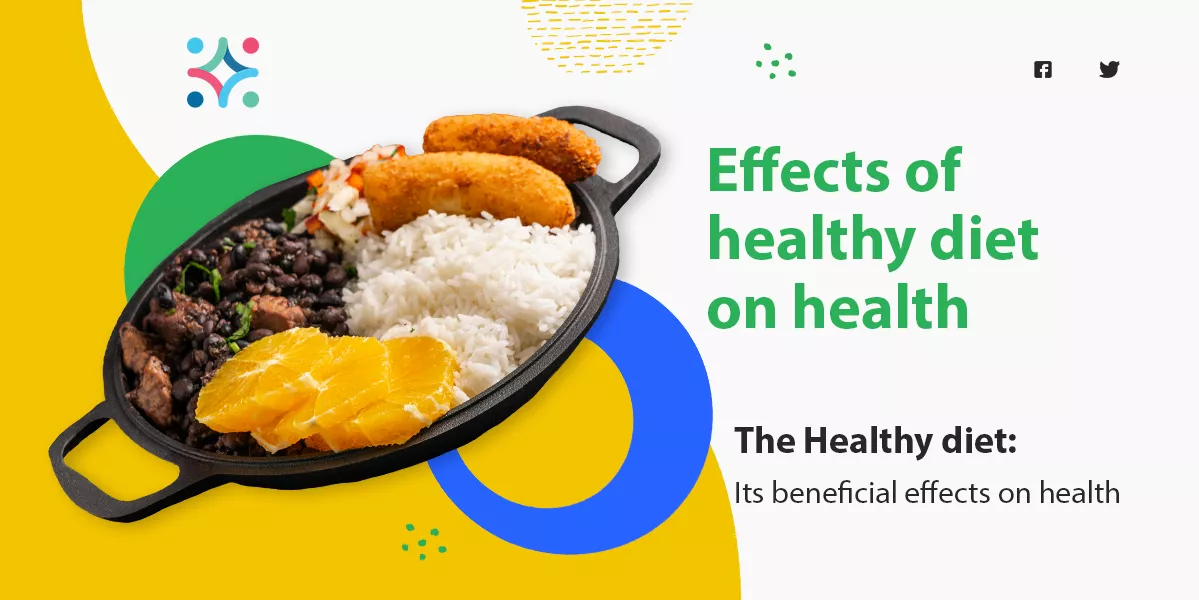The Healthy diet is modeled on the Healthy Eating pyramid by the Harvard School of Public Health. The emphasis is on high amounts of fruit, vegetables, whole-grain breads and cereals, legumes, with moderate amounts of fish, poultry, eggs, and dairy, and low amounts red meat and consumption healthy fats.
This diet has a moderate carbohydrate content (<60% of total calories), thus preventing a decrease in HDL and an increase in TGA. This is based on the fact that consumption of lots of carbohydrates will increase TGA. The increase in TGA causes HDL catabolism to also decrease so that HDL levels in the blood.
Recent human trials have found ultra-processed foods as a contributor to decreased satiety, increased meal eating rates, worsening biochemical markers, and more weight gain. Western Diet and Chol contained in the diet exacerbate hepatic accumulation of free Chol, resulting in the toxic effects on the liver and altered Chol metabolism.
The positive associations between processed meat intake and cardiovascular disease (CVD) and mortality have been established.
Evidence from meta-analyses consistently revealed a significant positive association between processed meat intake and a range of CVD and mortality outcomes.
Replacing red and processed meat with beans, legumes, fish, or poultry seems to lower the risk of heart disease and diabetes, and this diet strategy may help with weight control, too, according to a recent study from the Harvard School of Public Healthy.
The levels of antioxidants and unsaturated fatty acids (PUFA) in Healthy diet is very good for patients with dyslipidemia because they can prevent damage to the endothelium of blood vessels so that they can improve the patient's quality of life.
Many data show a beneficial effect of whole grain consumption on cardiovascular disease, morbidity and mortality. The AHA guidelines suggest that a diet high in fiber, such as whole grains, wheat, and barley, reduces cardiovascular disease morbidity and mortality through reduced fat. The mechanisms for the benefits of whole grains in cardiovascular disease include reduction of inflammation, oxidation reactions, lipid profiles, and blood pressure. Consumption of whole grains improves glucose metabolism, reduces body weight and improves antioxidant capabilities. A high-fiber, pure grain diet may inhibit the absorption of fats, simple carbohydrates.
The benefits of fruits and vegetables in this diet may be due to the many micronutrients, the antioxidant properties and fiber these foods. fiber slows digestion, helping to curb hunger. fruits and vegetables are also high in water, which may help people feel fuller on fewer calories.
Of course, the calories from whole grains, whole fruits and vegetables don’t disappear, what is likely happening is that when people increase their intake of these foods they cut back on calories from other foods.
Karimi, H
Master of clinical Nutrition & Dietetics
References
- Handayani D.R, et al. Characteristics. Nutritional Status, and Lipid Profile of Dyslipidemia Patients with Mediterranean Diet. Advances in Health Sciences Research.2021.
- Gaesser G, S.Angadi S. Obesity treatment: Weight loss versus increasing fitness and physical activity for reducing health risks.ScienceDirect.2021.
- Kim JY, et al. From Liver Fat to Cancer: Perils of the Western Diet.Cancers.2021.
- Estruch R, Ros E. The role of the Mediterranean diet on weight loss and obesity-related diseases. Reviews in Endocrine and Metabolic Disorders.2020,315-327.
- Martinez R, et al. A Combined Healthy Strategy for Successful Weight Loss, Weight Maintenance and Improvement of Hepatic Lipid Metabolism. The Journal of Nutritional Biochemistry. 2020.
- Ross R, Soni S, Houle S. Negative Energy Balance Induced by Exercise or Diet: Effects on Visceral Adipose Tissue and Liver Fat. Soni.Nutrients.2020.
- Zhong V. W, et al. Associations of Processed Meat, Unprocessed Red Meat, Poultry, or Fish Intake with Incident Cardiovascular Disease and All-Cause Mortality. JAMA Intern Med. 2020;180(4):503-512.
- Willett W, Rockström J, Loken B, Springmann M, Lang T, Vermeulen S, et al. Food in the Anthropocene: the EAT–Lancet Commission on healthy diets from sustainable food systems. The Lancet. 2019 Jan 16.
- Laster J,Frame LA. Beyond the Calories-Is the Problem in the Processing? Curr Treat Options Gastroenterol. 2019;17(4):577-586.
- Jospe MR. Intermittent Fasting, Paleolithic, or Mediterranean diets in the real world: exploratory secondary analyses of a weight-loss trial that included choice of diet and exercise. Am J Clin Nutr. 2019,1–12.
- Plate and the Planet. The Nutrition Source.2019.

